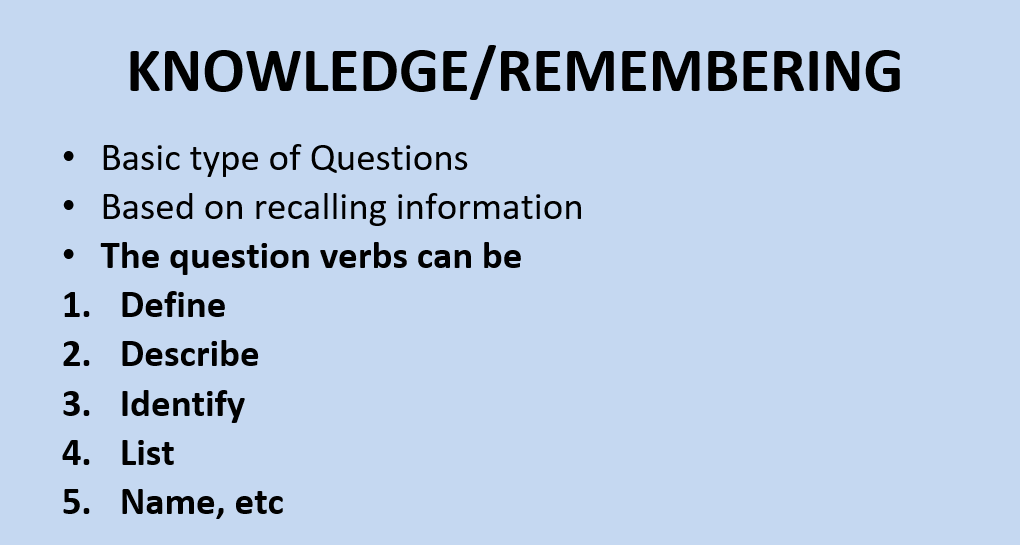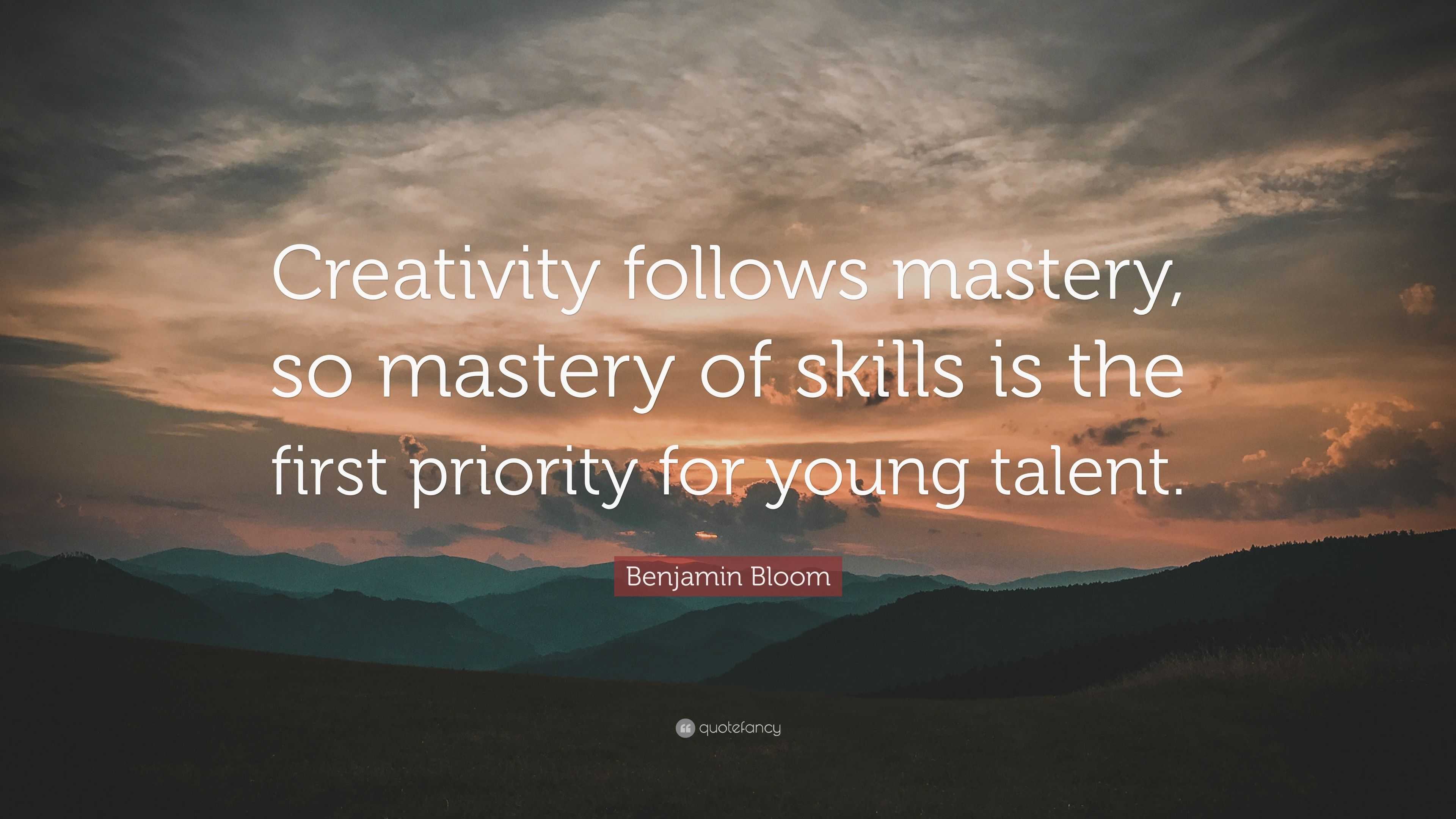The Blooms Taxonomy
Bloom’s Taxonomy was created by Benjamin Bloom in 1956, published as a kind of classification of learning outcomes and objectives that have, in the more than half-century since, been used for everything from framing digital tasks and evaluating apps to writing questions and assessments.
Bloom's taxonomy is a set of three hierarchical models used to classify educational learning objectives into levels of complexity and specificity. The three lists cover the learning objectives in cognitive, affective and psychomotor domains. The cognitive domain list has been the primary focus of most traditional education and is frequently used to structure curriculum learning objectives, assessments and activities.
The original sequence of cognitive skills was Knowledge, Comprehension, Application, Analysis, Synthesis, and Evaluation. The framework was revised in 2001 by Lorin Anderson and David Krathwohl, yielding the revised Bloom’s Taxonomy. The most significant change to the Cognitive Domain was the removal of ‘Synthesis’ and the addition of ‘Creation’ as the highest-level of Bloom’s Taxonomy. And being at the highest level, the implication is that it’s the most complex or demanding cognitive skill–or at least represents a kind of pinnacle for cognitive tasks.
 |







Comments
Post a Comment